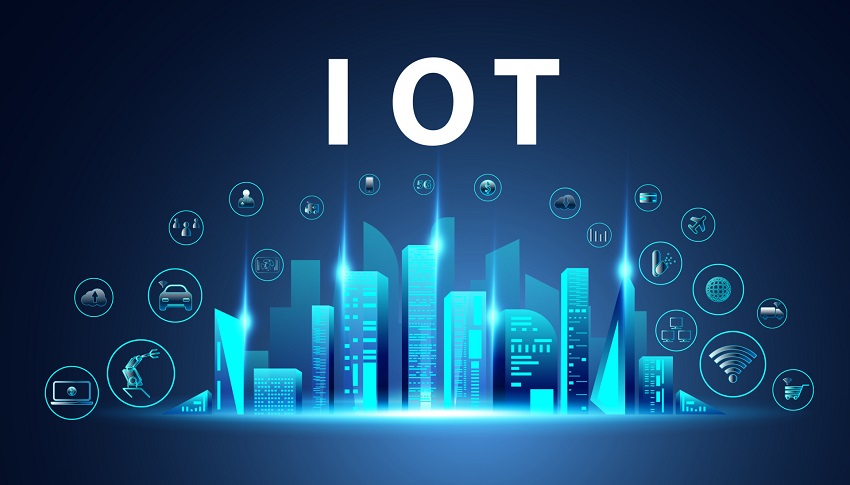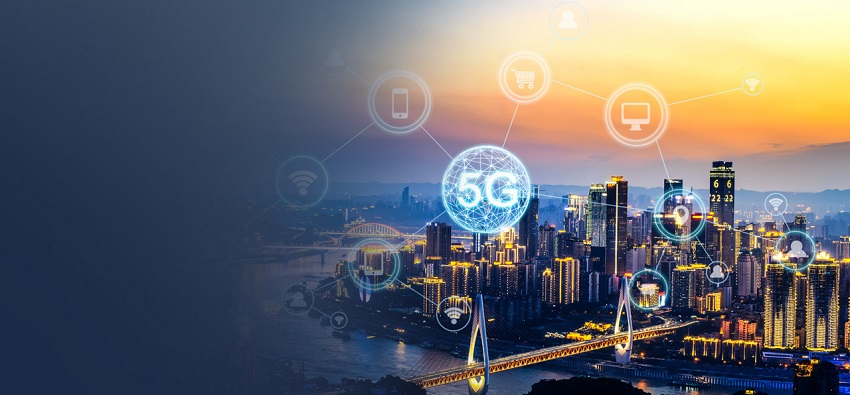The world is constantly evolving, and so is technology. With the rise of the Internet of Things (IoT), which refers to the interconnection of various devices, the need for fast and reliable connectivity has become increasingly important. In recent years, the advent of 5G technology has sparked discussions about its role in supporting the growth of IoT. In this article, we will explore whether 5G is truly needed for IoT and examine its potential benefits and challenges. Let’s dive in! This content is presented by https://www.arqweb.com/
Understanding IoT and its Requirements
Before delving into the necessity of 5G for IoT, let’s first grasp the concept of IoT and its fundamental requirements. IoT refers to the network of physical devices, vehicles, appliances, and other objects embedded with sensors, software, and connectivity capabilities that enable them to collect and exchange data. These interconnected devices work together seamlessly to provide intelligent and automated solutions.
To function effectively, IoT devices require certain key features such as low latency, high bandwidth, reliability, and scalability. These features ensure that data can be transmitted quickly and efficiently, facilitating real-time communication and decision-making. Find out how does 5g technology enhance the internet of things iot.
The Advantages of 5G for IoT
Ultra-Fast Speeds: One of the most significant advantages of 5G technology is its lightning-fast speeds. With download and upload speeds reaching up to 10 gigabits per second, 5G provides the necessary bandwidth to handle the vast amount of data generated by IoT devices. This high-speed connectivity allows for seamless communication between devices, enhancing the overall performance of the IoT ecosystem.
Low Latency: 5G offers significantly lower latency compared to its predecessors. Latency refers to the time it takes for data to travel from one point to another. With 5G’s low latency, near real-time communication becomes possible, enabling critical applications such as autonomous vehicles, remote healthcare, and smart infrastructure management.
Improved Capacity: As the number of IoT devices continues to rise, there is a need for increased network capacity. 5G networks are designed to handle a massive number of connected devices simultaneously. This improved capacity ensures that IoT ecosystems can accommodate the growing number of devices without compromising performance.
Enhanced Reliability: Reliability is crucial for IoT applications that require uninterrupted connectivity. 5G networks are designed to be highly reliable, ensuring that devices remain connected even in densely populated areas or during peak usage times. This reliability is essential for mission-critical applications in sectors such as healthcare, transportation, and industrial automation.
Challenges and Considerations
While the advantages of 5G for IoT are apparent, there are also challenges and considerations that need to be addressed:
Infrastructure Investment: The deployment of 5G networks requires substantial infrastructure investment. Building the necessary infrastructure, including cell towers and network equipment, can be a complex and costly endeavor. This investment may pose challenges, particularly in areas with limited resources or remote locations.
Compatibility and Standardization: As IoT devices are diverse and manufactured by different brands, ensuring compatibility and standardization can be a challenge. Interoperability issues may arise if devices operate on different frequencies or protocols. Industry-wide collaboration and standardization efforts are necessary to overcome these challenges.
Security Concerns: With the increasing number of connected devices, security becomes a significant concern. IoT devices can be vulnerable to cyber attacks, and securing these devices and the data they generate is crucial. The implementation of robust security measures is necessary to protect IoT ecosystems and ensure data privacy.
Conclusion
In conclusion, while 5G technology offers several advantages for IoT, its necessity depends on the specific use cases and requirements. The ultra-fast speeds, low latency, improved capacity, and enhanced reliability of 5G make it an ideal match for many IoT applications. However, challenges such as infrastructure investment, compatibility, and security concerns need to be addressed to fully leverage the potential of 5G for IoT.
5G has the potential to revolutionize the way we interact with our devices, from smart homes to autonomous vehicles. As technology continues to advance, it is essential to carefully consider the benefits and challenges associated with the integration of 5G and IoT.
FAQs
- Can IoT function without 5G?
Yes, IoT can function without 5G. The previous generations of cellular networks, such as 4G LTE, can also support IoT applications. However, 5G provides significant advantages in terms of speed, latency, capacity, and reliability, making it a promising technology for IoT.
- Which industries can benefit the most from the combination of 5G and IoT?
Several industries can benefit from the combination of 5G and IoT, including healthcare, transportation, manufacturing, agriculture, and smart cities. These sectors can leverage the fast speeds, low latency, and reliable connectivity of 5G to enhance their operations and deliver innovative solutions.
- Are there any health concerns associated with 5G and IoT?
The deployment of 5G networks has raised some concerns regarding potential health effects. However, extensive research conducted by regulatory bodies and health organizations has not found any conclusive evidence of harmful effects from 5G or IoT devices operating within the established safety limits.
- How long will it take for 5G to become widely available for IoT?
The deployment of 5G networks for IoT is an ongoing process that varies across regions. While some areas already have widespread 5G coverage, it may take several years for 5G to become universally available for IoT applications, considering the required infrastructure investments and technological advancements.
- Can existing IoT devices be upgraded to be compatible with 5G?
In some cases, existing IoT devices may require upgrades or modifications to be compatible with 5G networks. This compatibility depends on factors such as the device’s hardware capabilities, communication protocols, and the availability of software updates. However, backward compatibility with previous generations of cellular networks ensures that existing IoT devices can still function without 5G connectivity.


